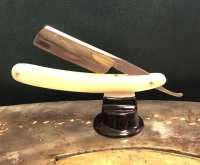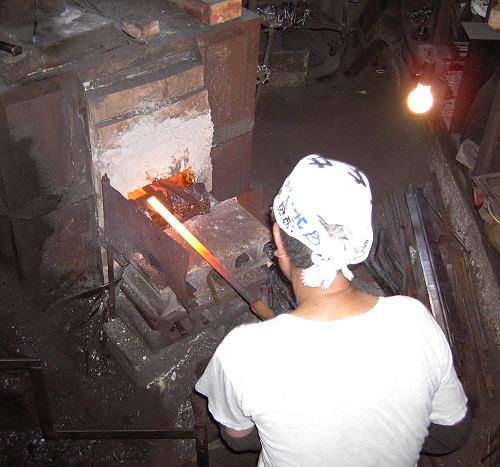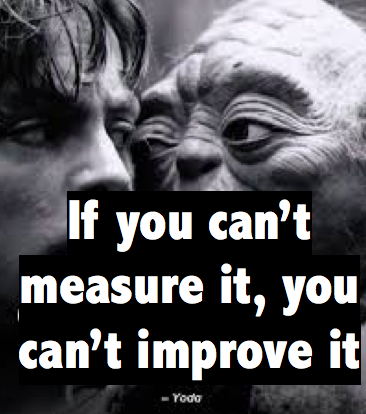Are you talking about Aprilthe7th? That’s who I was referring to. He sent me a message claiming that he went from bevel set to Atoma slurry & that’s it. Keep in mind that not everyone uses a 1k to set bevels. I’ve had good luck with my Naniwa 3k with a hint of slurry. Much shallower striations & easier to get out than 1k...
I watched a video in which a Suehiro G20K was used to go all the way from bevel set to final finishing. Thus, stones finer than 1K can be used to set bevels, but it will take longer to do so. The mistake some people make is setting the bevel on a 1K and then immediately jumping to a higher grit stone without spending enough time on that stone to remove the 1K scratches. If you jump from 1K to 6K, the 6K particles are only 1/216th of the volume of the 1K particles, so it will take a long time to clean up the 1K scratches. Yes, it can be done, but you have to be patient. I do not have that much patience, so I like using a full progression of grits to minimize the time on each stone to remove the scratches/stria from the previous stone.


